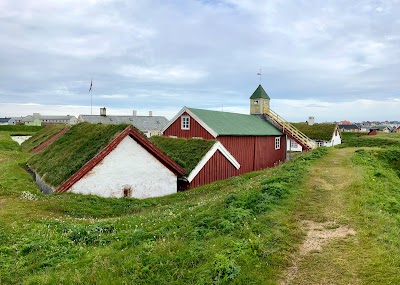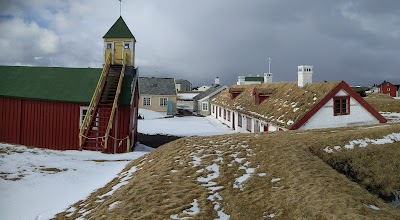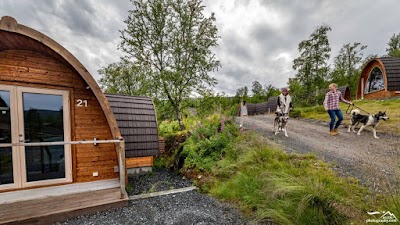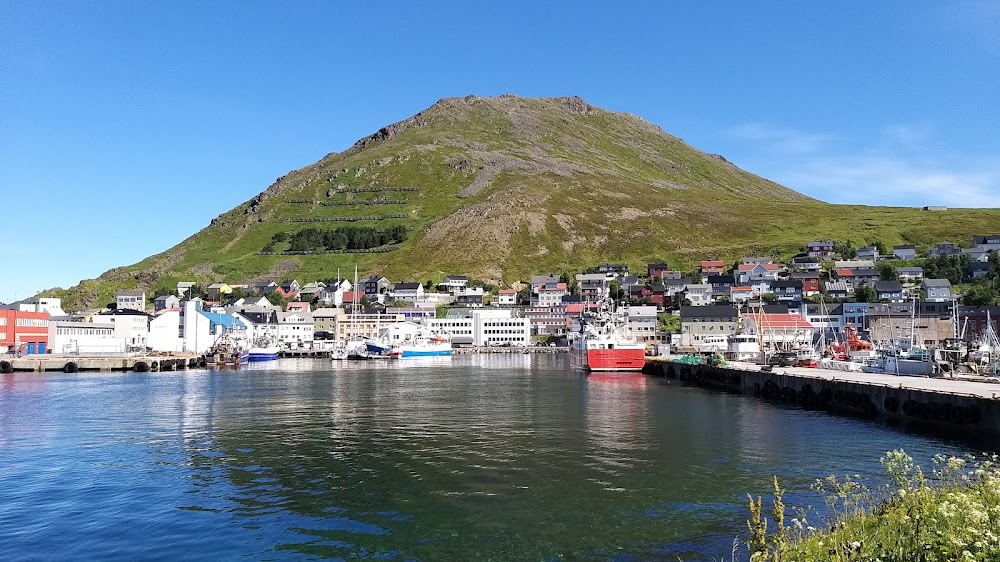Vardo Fortress (Vardø festning)
Overview
Located in the northernmost part of Norway, in the region of Troms og Finnmark, Vardo Fortress stands as a remarkable testament to centuries of history and strategic military significance. Established in the early 14th century by King Haakon V Magnusson, the fortress was primarily built to guard the northeastern reaches of the Norwegian coast against maritime threats, particularly from the then-powerful Novgorod Republic.
One of the most striking features of Vardo Fortress is its unique star-shaped design, a common architectural style for military fortifications of that era. This distinctive layout not only enhanced the fortress's defensibility but also allowed for better coverage and efficient use of artillery, making it a formidable stronghold against potential invaders. The structure you see today was mainly constructed in the early 18th century, between 1734 and 1738, as an expansion and replacement of earlier medieval fortifications.
The significance of Vardo Fortress extends far beyond its military function. It has been a central stage for countless historical events, witnessing substantial shifts in power both regionally and nationally. During the Napoleonic Wars, the fortress served as a key defensive position for Norway. In World War II, it was occupied by German forces, who further fortified the site. The layers of history embedded within its walls offer an intriguing glimpse into the turbulent past and resilience of the region.
As you explore Vardo Fortress, you will be captivated by the stunning panoramic views of the Barents Sea. The harsh yet mesmerizing Arctic landscape frames the fortress, adding to its enigmatic charm. This site serves not only as a historical museum but also as a cultural landmark, hosting events, exhibitions, and guided tours that highlight its historical narratives and architectural marvels.
An intriguing aspect of Vardo Fortress is its connection to the infamous witch trials of the 17th century. The fortress and the town of Vardo were central to the Finnmark witch trials, one of the largest and most brutal witch hunts in Scandinavian history. Nearby, a memorial dedicated to the victims of these trials offers a somber reflection on this dark chapter in history.
For those passionate about military history, Vardo Fortress provides an extensive collection of artifacts, ranging from cannons and uniforms to detailed maps and documents. The well-preserved ramparts, bastions, and ditches are open for exploration, allowing visitors to appreciate the ingeniously designed defensive structures that made the fortress nearly impregnable.
The town of Vardo itself is a charming small community rich in culture and natural beauty. A visit to the fortress is perfectly complemented by exploring the local area, which boasts unique Arctic flora and fauna, as well as vibrant Sami culture. Despite its remote location, Vardo is accessible via regional flights and ferries, making it an excellent addition to any Norwegian travel itinerary.
Visiting Vardo Fortress offers more than just a trip through history; it is an immersive experience that connects you to Norway's northernmost heritage, provides breathtaking views, and enriches your understanding of European military architecture. Whether you are a history enthusiast, a cultural explorer, or simply someone who appreciates the grandeur of ancient fortifications set against a stunning natural backdrop, Vardo Fortress promises a memorable and enriching visit.
In summary, Vardo Fortress in Troms og Finnmark is a historical gem that has played a crucial role in Norway's defense over the centuries. Its star-shaped design, rich history involving notable military and cultural events, and the fascinating stories encapsulated within its walls make it a worthy destination for foreign tourists. Not only does it offer insight into the strategic military practices of the past, but it also presents a unique opportunity to witness the magnificent Arctic scenery and explore the local culture. A visit to Vardo Fortress is sure to leave you with a deep appreciation for this formidable piece of Norwegian heritage.







